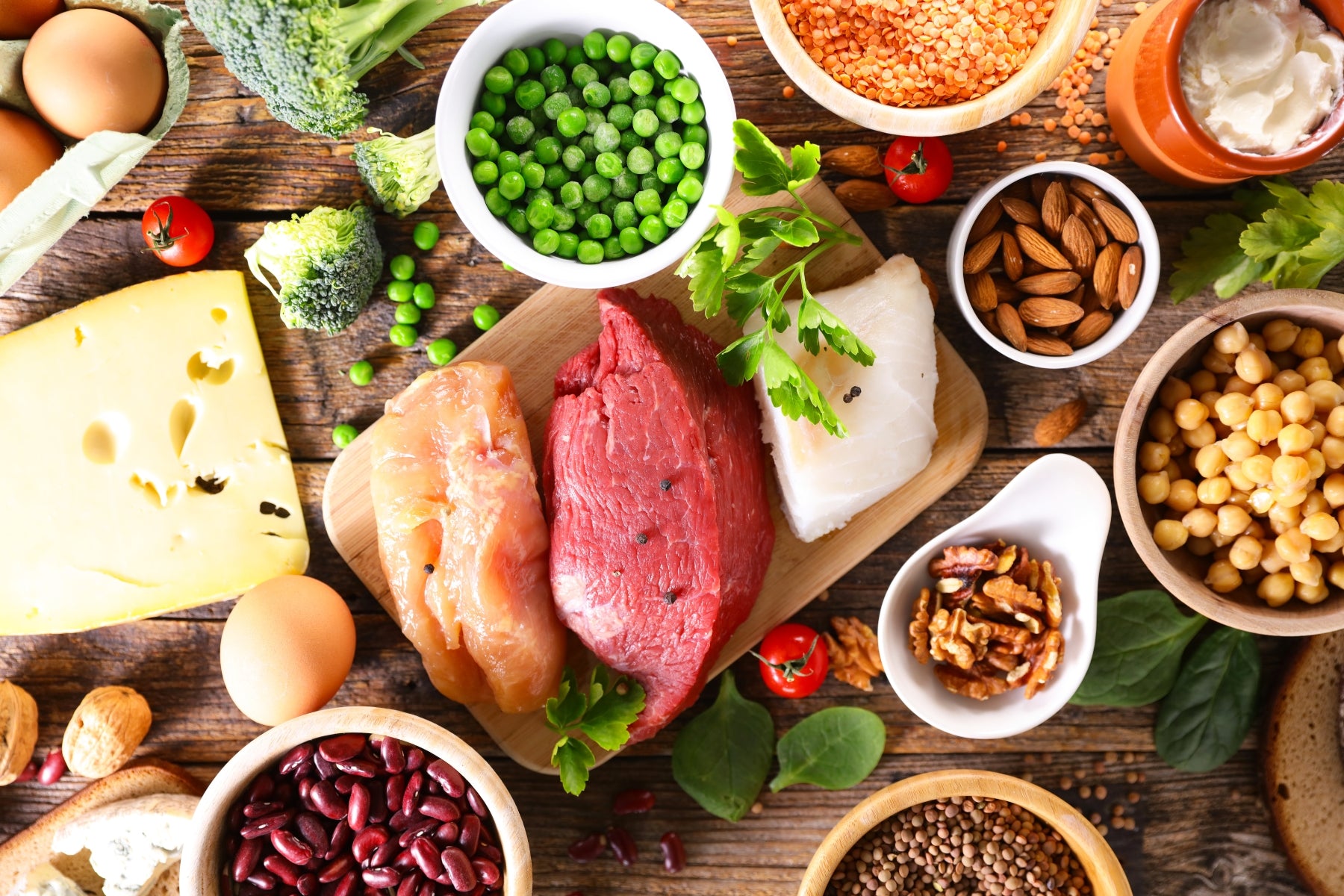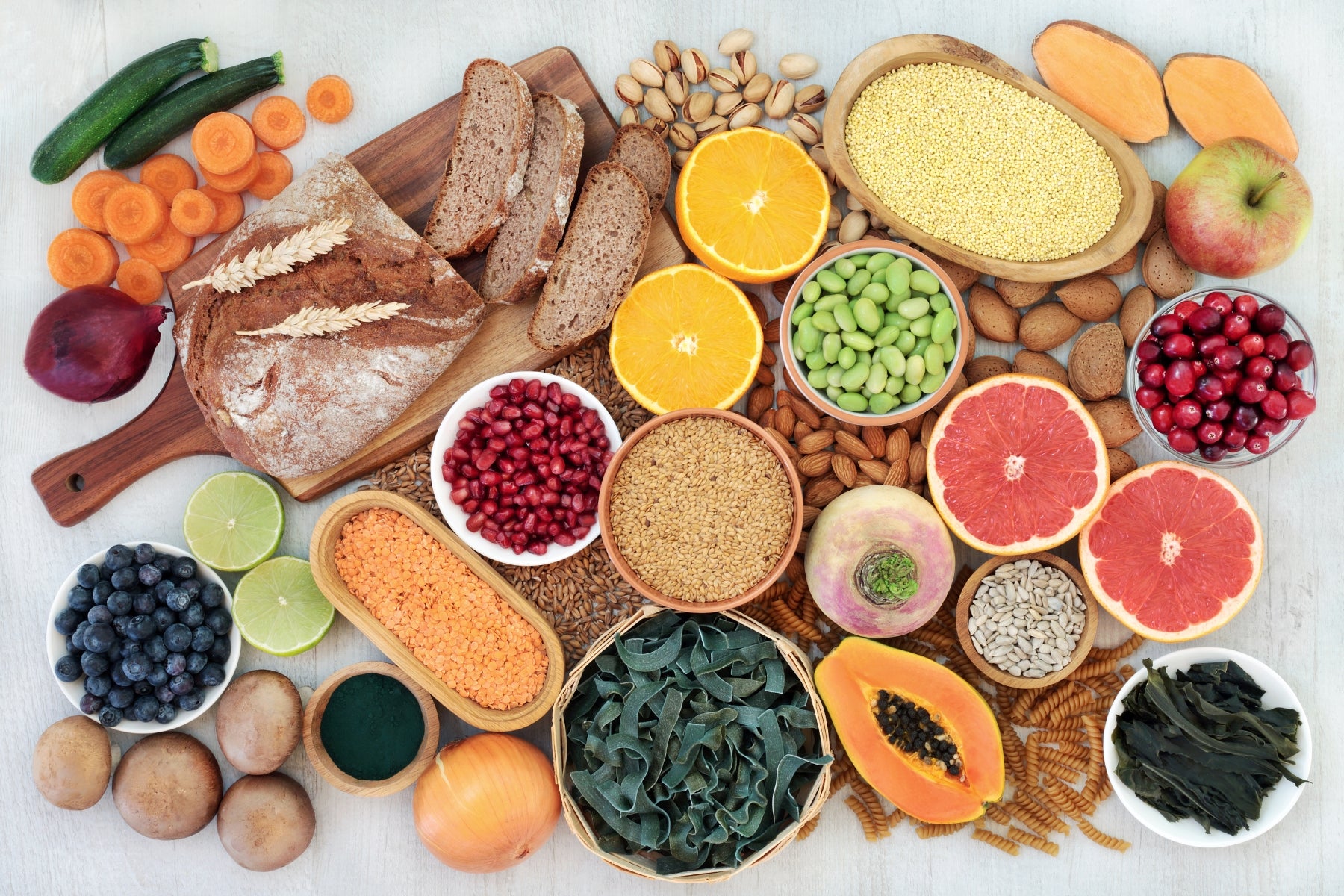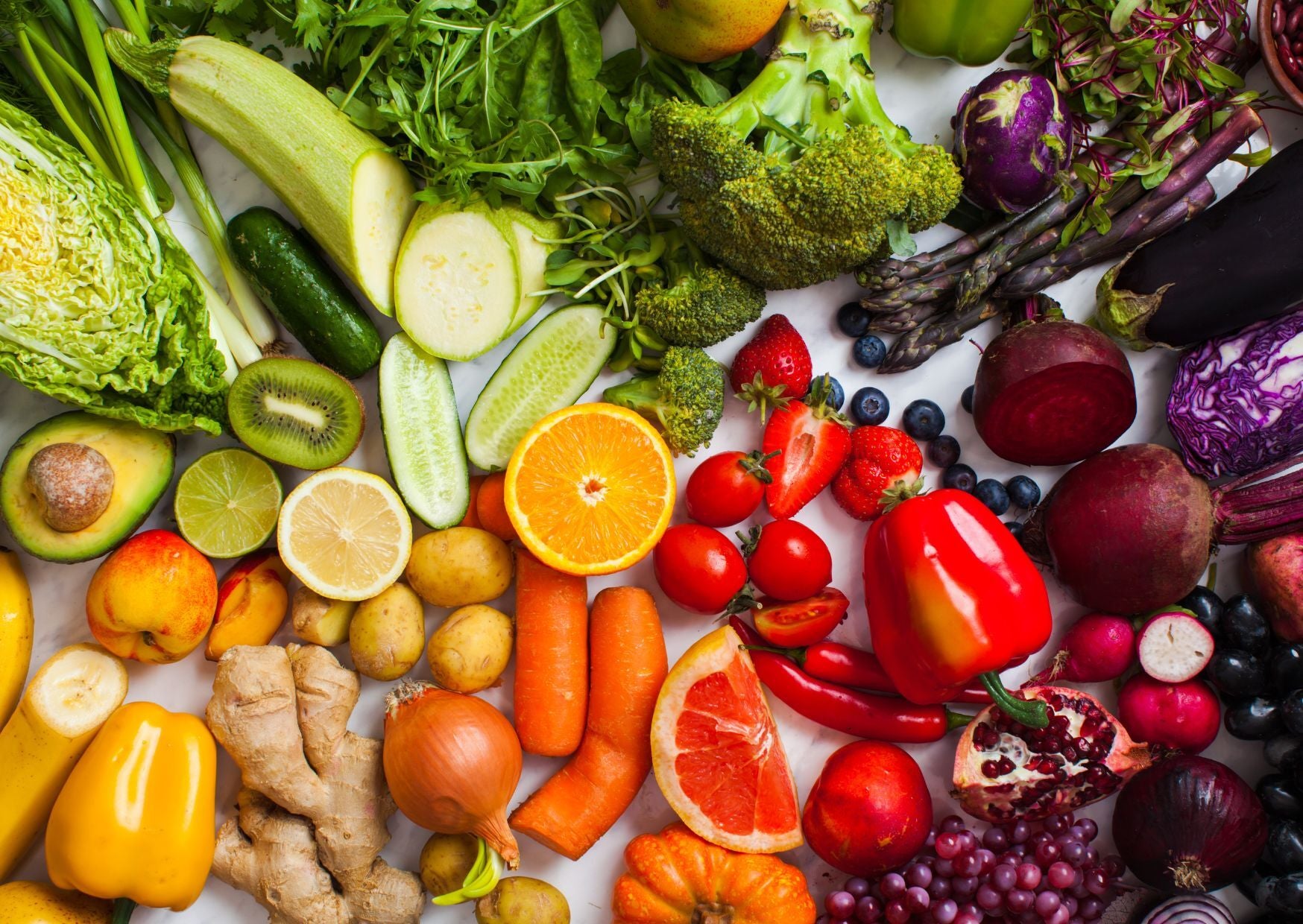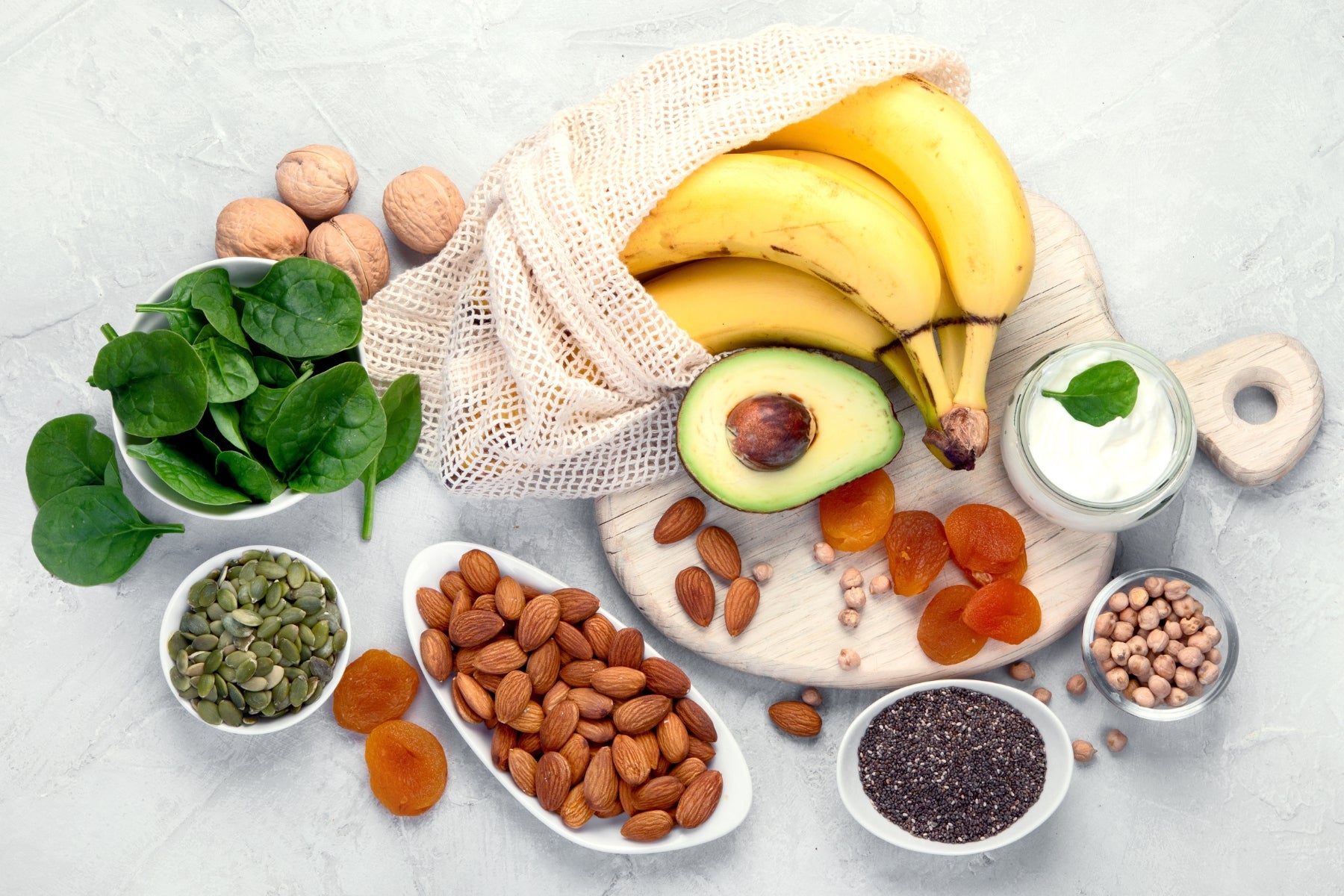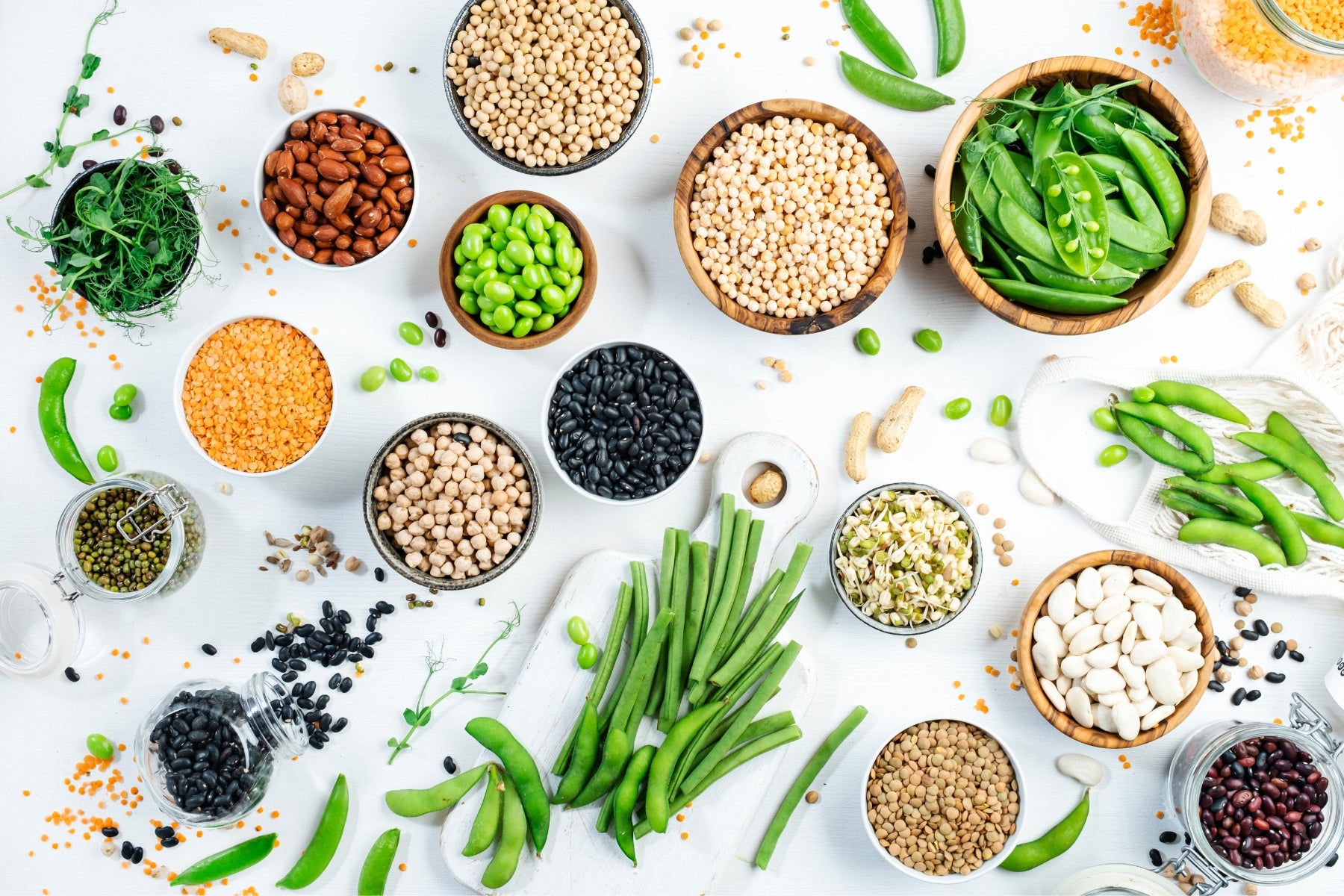Obsah
1
Zdravé a vyvážené
2
Kalorická hodnota: kilokalorií a kilojoules
Základní metabolismus
Obrat výkonu
Celkový obrat
3
Makronutrienty
Proteiny/protein
Tuk
Uhlohydráty
Vlákno
4
Mikronutrienty
Vitamíny
Minerály
5
Voda
6
Obecné základy zdravé výživy
Obsah
1
Zdravé a vyvážené
2
Kalorická hodnota: kilokalorií a kilojoules
Základní metabolismus
Obrat výkonu
Celkový obrat
3
Makronutrienty
Proteiny/protein
Tuk
Uhlohydráty
Vlákno
4
Mikronutrienty
Vitamíny
Minerály
5
Voda
6
Obecné základy zdravé výživy

